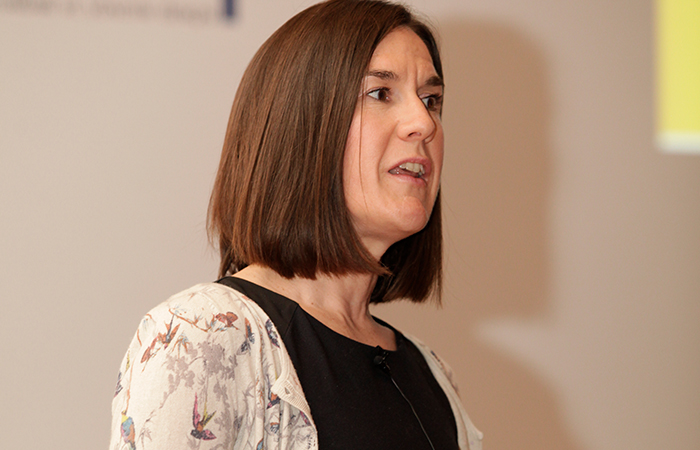
Organisations often look to their engagement survey data as a way of understanding how to motivate and reward their staff; however, the Hult-Ashridge Executive Education research report, Shades of grey: An exploratory study of engagement in work teams, published in November 2018, found that engagement statistics may not present the whole story.
In a study of 28 work teams, 14% of those that were reported to be ‘highly engaged’ according to their organisation’s data were, in fact, only ‘satisfied’, with a further 29% of them being ‘pseudo-engaged’.
Satisfied or ‘contented’ teams, as labelled in our study, are those in which team members feel complacent or are just coasting. Rather than going the extra mile, these teams see work as a means to an end. Pseudo-engaged teams, on the other hand, present an illusion of engagement by saying and doing the right things, because that is what they believe the organisation wants to see.
As we found in our research, if organisations are reliant on an annual survey to understand people, then the engagement statistics may not represent the true picture. Technology-enabled surveys can only take us so far when it comes to understanding how to motivate and reward.
Organisations are missing a trick if they fail to take a more granular person-to-person approach to engagement. When it comes to understanding their people, frequency is key, with a need to capture both qualitative and quantitative insights every eight weeks if possible.
Technology-enabled tools like Tiny Pulse or Culture Amp may help, but when it comes to truly understanding how to reward and engage, it is down to line managers being available for their staff and asking, listening and acting every day. These person-to-person gestures are gold dust when it comes to engaging people, human actions which technology may never be able to replicate.
Dr Amy Armstrong is a member of faculty and lead researcher from Hult-Ashridge Executive Education.